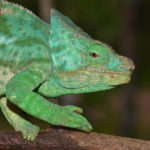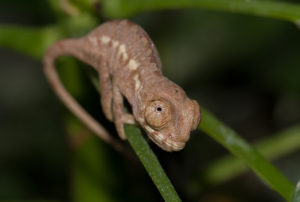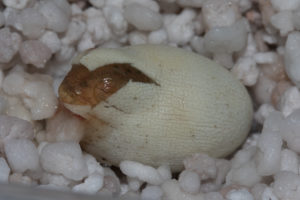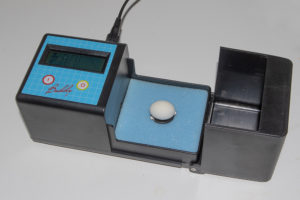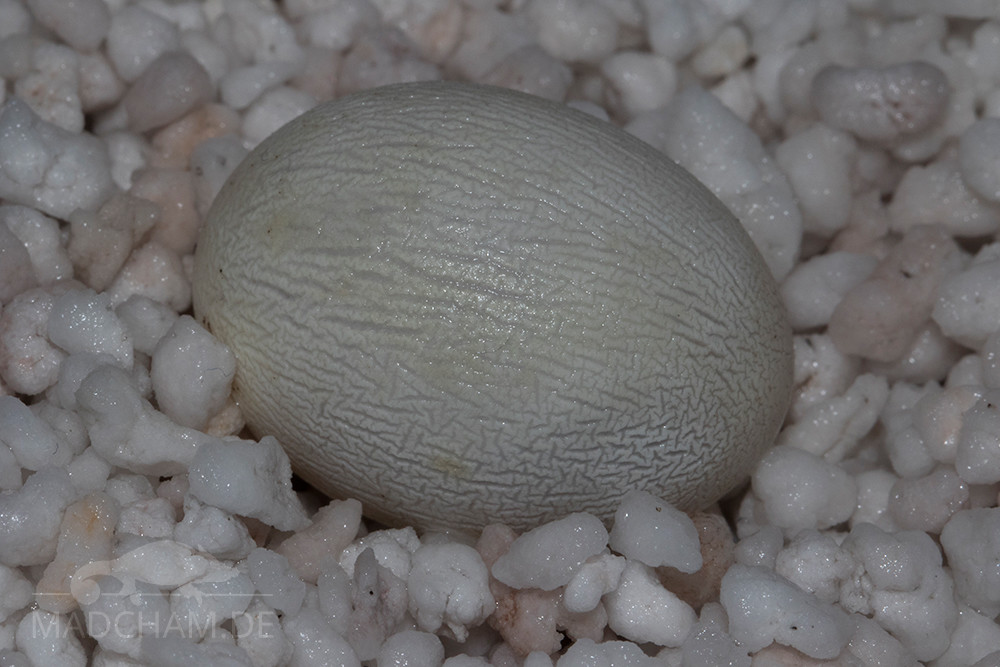
If you want to breed chameleons, there is usually no way around incubating the eggs under controlled conditions. However, for many less commonly kept species, the question is how exactly to incubate? In general, we recommend using the soil temperatures of the habitat of the species in question as a guide. You can find temperatures for this under the respective species pages under the heading Species & Habitat Data. We have annotated all species for which we have measured ground temperatures in the following tables. However, measurements of soil temperatures do not already exist for all habitats. Therefore, we have compiled here a collection of literature dealing with the incubation of Malagasy chameleon eggs. The data are sorted by genus and alphabetically. More information on incubation substrates, incubators, and containers can be found on this page.
Brookesia
Unfortunately, earth chameleons from Madagascar are not very well represented in herpetoculture due to their rather inconspicuous colouration and small size. Nevertheless, there have been breeding successes with some species for some time.Soil temperatures are available here for the habitat of this species.
| Species | Incubation period | Temperature | Source | |
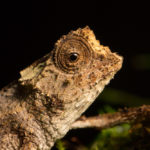
|
50-60 days | 18-22°C | ||
| 45-50 days | 20-21°C | Brygoo (1978): Reptiles Sauriens Chamaeleonidae, genre Brookesia et complement pour le genre Chamaeleo. Faune de Madagascar 47: 1-174. | ||
| 67-68 days | 23°C | |||
| 60 days | 20-21°C | Schmidt (1993): Minisaurier aus dem Regenwald. Aqua Geographica 1(3): 62-69. | ||
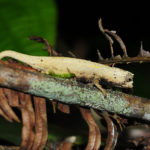
|
Soil temperatures are available here for the habitat of this species. | |||
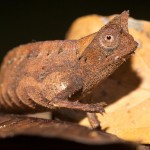
|
68 days | 27°C during the day 15°C at night |
||
| Soil temperatures are available here for the habitat of this species. | ||||
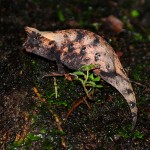
|
Soil temperatures are available here for the habitat of this species. | |||
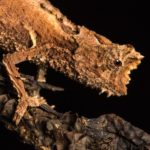 Brookesia thieli Brookesia thieli |
103-118 days | 22°C during the day 15°C at night |
||
| 51-60 days | 23°C during the day 18°C at night |
|||
| 58-70 days | 21-23°C during the day 19-20°C at night |
|||
| Soil temperatures are available here for the habitat of this species. | ||||
Calumma
Most Calumma species need a so-called diapause. Diapause in chameleons refers to a cooler phase during which development in the egg almost stagnates. The cool phase takes place in Madagascar during the dry season between April and October. It bridges the time until the rainy season from October, when the hatching juveniles have much better starting conditions. It also ensures better hatching synchronisation: this means that all the young of a clutch hatch as close to each other as possible. For some chameleon species, diapause during incubation is very important for hatching success and healthy juveniles. How cool it gets during the diapause depends on the origin of the chameleon species.
| Species | Incubation period | Warmth phase | Diapause | Procedure | Source |
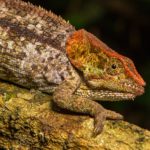
|
Soil temperatures are available here for the habitat of this species. | ||||
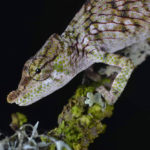
|
Soil temperatures are available here for the habitat of this species. | ||||
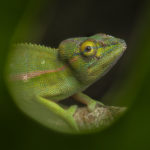
|
Soil temperatures are available here for the habitat of this species. | ||||
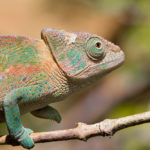
|
540 days | 20-22°C | 16°C | 1. warmth phase 1. diapause 2. warmth phase 2. diapause 3. warmth phase |
|
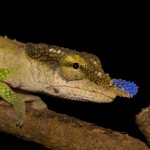
|
150-210 days | 14-28 days at 16-21 °C, then 1. diapause, then 22°C during daytime and 16,7-19,5°C at night until hatching |
30-45 days at 10-15°C | 1. warmth phase 1. diapause 2. warmth phase |
|
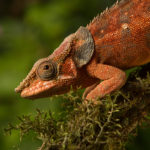
|
Soil temperatures are available here for the habitat of this species. | ||||
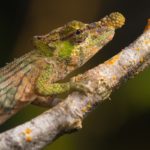
|
Soil temperatures are available here for the habitat of this species. | ||||
|
|
Soil temperatures are available here for the habitat of this species. | ||||
| 395 days | 21°C, maximum 23°C | 17°C | 1. warmth phase 1. diapause 2. warmth phase 2. diapause 3. warmth phase |
Kalisch (1998): The care and breeding of C. parsonii cristifer. Chameleon information network 27: 15-17. | |
| 390-420 days | 22°C | 21-28 days at 13-14°C |
1. warmth phase 1. diapause 2. warmth phase |
Augustin (2021): Nachzucht von Calumma parsonii . Chamaeleo 48: 78-88. |
|
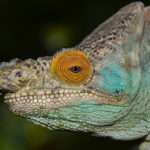
|
537-781 days | 28 days at 20°C, 28 days at 24°C, then 1st diapause, all other warmth phases at 24°C |
each 28 days at 13-14°C |
1. warmth phase 1. diapause 2. warmth phase 2. diapause 3. warmth phase |
own experience |
| 546 days | 28 days at 22°C, then 1st diapause, all other warmth phases at 23-24°C | each 21-28 days at 13-14°C | |||
| 90 days at 24°C in 1st warmth phase, from 2nd on 23°C | each 90 days at 18°C | Kalisch (1994): Chameleon profile Parson’s chameleon. Chameleon information network 12: 10- 18. | |||
| 600 days | 21-24°C during the day, 18-20°C at night | each three months at 18-19°C during the day and 13-16°C at night | Tröger (1997): Remarks about the long-term captive care and first steps towards captive breeding of Calumma parsonii. Chameleon information network 25: 29-36. | ||
| 480-600 days | 22°C | each 21-28 days 13-14°C | Augustin (2021): Nachzucht von Calumma parsonii . Chamaeleo 48: 78-88. |
||
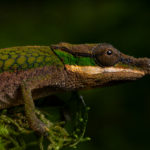
|
90-120 days | 21-22,7°C during the day, 19-20°C at night |
not applicable | not applicable | Nash (2023): Keeping and breeding Calumma roaloko. Chamaeleo 49: ??-??. |
Furcifer
There are also some species in the genus Furcifer that benefit from a cooler phase. However, it is not necessary for successful incubation in all species. Accordingly, even some species have incubations both with and without diapause. The species for which column “Procedure” only says “not applicable” are incubated continuously at the temperatures under “warmth phase” without a cooler period.
| Species | Incubation period | Warmth phase | Diapause | Procedure | Source |
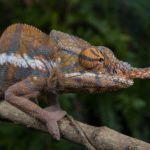
|
Soil temperatures are available here for the habitat of this species. | ||||
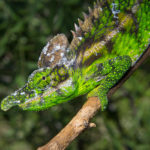
|
360 days | 27-30°C | not applicable |
|
|
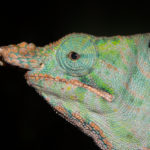
|
22°C | 17°C | 1. warmth phase 1. diapause 2. warmth phase |
||
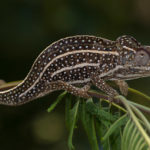
|
228-236 days | 45 days at 26°C | 45 days at 10-15°C | 1. warmth phase 1. diapause 2. warmth phase |
|
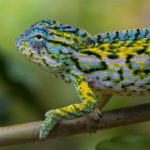
|
210 days | 70 days at 22°C in 1st warmth phase, 24°C in 2nd warmth phase | 70 days at 14°C | 1. warmth phase 1. diapause 2. warmth phase |
eigene Erfahrungen |
| 207-209 days | 42 dayst at25°C in 1st warmth phase, 70 days at 25-27°C in 2nd warmth phase, 73-75 days at 25-27°C in 3rd warmth phase | 87 days at 11-13°C in 1st diapause, 88 days at 17-20°C in 2nd diapause | 1. warmth phase 1. diapause 2. warmth phase 2. diapause 3. warmth phase |
||
| 220 days | 31 days at 25°C in 1st warmth phase, 25-27°C in 2nd warmth phase | 100 days at 18°C | 1. warmth phase 1. diapause 2. warmth phase |
||
| 185 days | 45 days at 25°C in 1st warmth phase, 25-27°C in 2nd warmth phase | 40 days at 10-15°C | 1. warmth phase 1. diapause 2. warmth phase |
||
| 154-378 days | 45 days at 26-28°, then 76 days at 25-28°C in 1st warmth phase, 26-28°C in 3rd warmth phase | 45 days at 10-15°C, then 45 days at 10-18°C | 1. warmth phase 1. diapause 2. warmth phase 2. diapause 3. warmth phase |
||
| 154-249 days | 30 days > 20°C in 1st warmth phase, 25-30°C in 2nd warmth phase | minimum 25 days at 8-10°C | 1. warmth phase 1. diapause 2. warmth phase |
Schmidt (1985): Chamaeleo lateralis. Beilage zu Sauria 7 (4): 25-26. | |
| 160 days | each 31 days at 25°C | approximately 100 days at 15-18°C | 1. warmth phase 1. diapause 2. warmth phase |
||
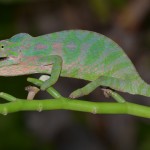 Furcifer major |
190 days | each 45 days at 24-25°C | 45 days at 12-16°C | 1. warmth phase 1. diapause 2. warmth phase |
|
| je 45 Tage bei 26-28°C |
45 days at 12-18°C | Henkel, Heinecke (1993): Chamäleons im Terrarium. Landbuch-Verlag, 1. Auflage. | |||
| 45 days at 25°C in 1st warmth phase, 25-28°C in 2nd warmth phase |
40 days at 10-15°C | Necas (1995): Chamäleons: Bunte Juwelen der Natur. Edition Chimaira, 1. Auflage. | |||
|
45 days at 22°C in 1st warmth phase, |
45 days at 14-18°C | ||||
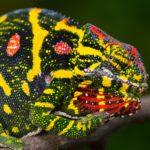 Furcifer minor |
210-251 days | 70 days at 22°C in 1st warmth phase, 24°C in 2nd warmth phase | 70 days at 14°C | 1. warmth phase 1. diapause 2. warmth phase |
own experience |
| 240 days | 48 days at 22°C during the day, 18°C at night in 1st warmth phase, 24°C in 2nd warmth phase |
61 days at 13-16°C, some days < 10 °C | |||
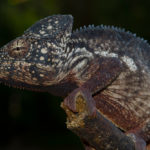
|
274 days | 28°C | not applicable | ||
| 243-365 days | 24-27°C during the day, 14-17°C at night |
not applicable | Smith, Abate (1999): Chameleon Profile, Oustalet’s Chameleon. Chameleon information network 32: 19-25. | ||
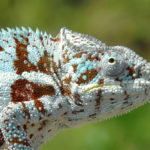
|
200-210 days | depending on local form
70 days at 25°C in 1st warmth phase, same temperature in 2nd warmth phase |
28 days at 17°C | 1. warmth phase 1. diapause 2. warmth phase |
own experience |
| 26°C | not applicable | ||||
| 159-390 days | 25-28°C | not applicable | Ferguson, Murphy, Raselimanana, Ramanamanjato, Annis (1994): Chameleon Profile, The Panther Chameleon. Chameleon information network 11: 11-20. | ||
| 180-365 days | 20-24°C | ||||
| 159-365 days | 26-28°C | not applicable | |||
| 213-243 days | 75 days at 26°C in 1st warmth phase, same temperature in 2nd warmth phase | 60 days at 23°C | 1. warmth phase 1. diapause 2. warmth phase |
||
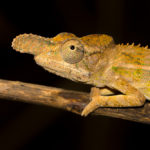
|
Soil temperatures are available here for the habitat of this species. | ||||
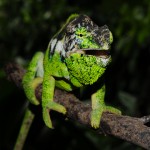 Furcifer verrucosus |
280 days | 26-28°C during the day, 21-23°C at night |
not applicable | ||
| 300 days | 26-28°C during the day, 21-23°C at night |
not applicable | |||
| 365 days | 26°C during the day, 24 °C at night in 1st warmth phase and 25-28°C during the day, 18-23°C at night in 2nd warmth phase |
10-15°C over 3 months | 1. warmth phase 1. diapause 2. warmth phase |
||
| 280 days | 23-25°C during the day, 15-20°C at night |
not applicable | Abate, Kalisch (1995): Chameleon Profile, Chameleo verrucosus. Chameleon information network 15: 17-24. | ||
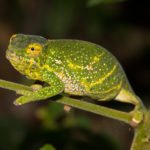
|
Soil temperatures are available here for the habitat of this species. | ||||
If you know of other interesting literature on incubation conditions or would like to publish your own experiences, please contact us. Only incubation data where viable juveniles have hatched will be included in the overview.

